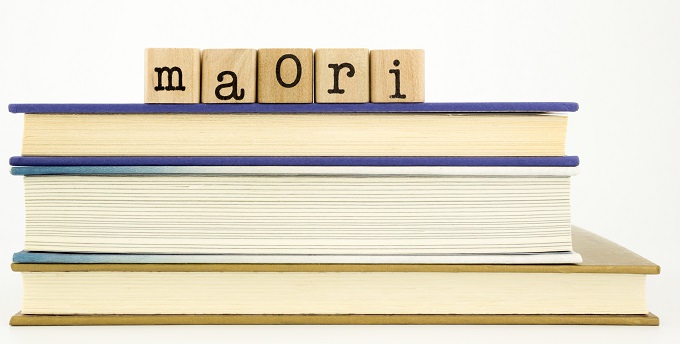
© vinnstock Images - stock.adobe.com
Kelvin Davis made the announcement at an Orientation Day in Otaki, where he addressed 158 learners from Kapiti-Horowhenua who are about to begin the 17-week programme.
“Our Government has set an ambitious goal to integrate te reo Māori into education in early learning and schools by 2025. We’re now making good progress on that commitment,” Kelvin Davis said.
“If we’re going to make the use of te reo Māori in the classroom normal and widespread, then first we need to strengthen the education workforce to use it correctly. It’s encouraging to see so many people genuinely excited to learn te reo Māori and I’m impressed by their dedication to this kaupapa.”
As well as Kapiti-Horowhenua, this year Te Ahu o te Reo Māori is being trialled in Waikato, Taranaki, and Ngāi Tahu in the South Island. A total of 685 people have taken up the opportunity to participate in the programme.
• Online self-directed learning
• Face-to-face weekly classes
• Noho and wānanga
“While the teaching methods vary from region-to-region, the goals remain the same: build the ability of the workforce to use te reo Māori in the classroom.
“With Te Ahu o te Reo Māori, we’re creating new ambassadors for te reo. This will improve interactions and relationships with students, parents and whānau – and mean better outcomes for our kids,” Kelvin Davis said.
Educators and politicians are trying to address the current teaching shortage through different policy settings.…
Melanie Webber was the president of the secondary school union PPTA Te Wehengarua from 2021…
Wait times for paediatric care is having an impact on young people’s education and the…
Home of the brave, land of the free… except when it comes to books for…
Could a gender achievement gap in maths be due to confidence? Sarah Buckley from the…
The much-delayed English draft curriculum is now out for consultation, generating discussion from teachers.
This website uses cookies.